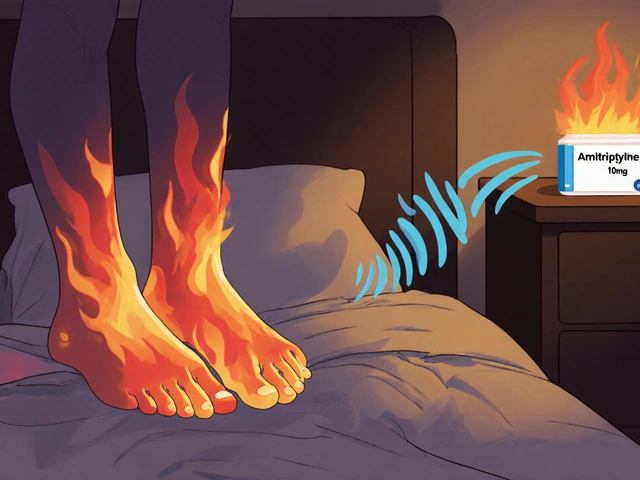Medicines: Practical Guides on Drugs, Alternatives, and Interactions
Looking for clear info about a drug, its substitutes, or how it mixes with other meds? You’re in the right place. This Medicines hub collects easy-to-read guides on common prescriptions, over-the-counter options, interactions, side effects, and when to ask your provider for a different plan.
We focus on practical help you can use today. Want an alternative because of an allergy or side effects? Need to know whether alcohol will interfere with a medicine? Wondering how long to stay on a bone drug? Each article gives short explanations, risks to watch for, and what to mention to your clinician.
Quick picks from this category
Find targeted articles that answer real questions fast:
9 Alternatives in 2025 to Doxycycline: Compares nine antibiotics you might consider when doxycycline isn’t right—useful for skin infections, travel-related bugs, or allergies to tetracyclines.
Top 7 Alternatives to Glipizide: Looks at other diabetes meds, including newer classes like SGLT2 inhibitors, and what each option means for blood sugar, weight, and low blood sugar risk.
10 Best Alternatives to Bactrim in 2025: Covers options for UTIs and respiratory infections when Bactrim isn’t suitable, including pros, cons, and when to avoid certain choices.
Meclizine for Vertigo: A plain guide to this OTC option—how it works, typical side effects, and when you should seek more testing for ongoing dizziness.
How Long Should You Take Alendronate? Practical advice on osteoporosis treatment length, monitoring, and signs your doctor might pause or switch therapy.
Spironolactone and Alcohol: Straight talk on interactions and what to watch for if you drink while on this medication.
Top Symbicort Alternatives in 2025: Compares inhaler options for asthma and COPD, focusing on technique, cost, and which combinations suit different symptom patterns.
Top Lasix Alternatives in 2024: Reviews other diuretics used for edema and heart issues, and when each might be a better fit.
Ethionamide Drug Interactions: A safety-focused piece for TB treatment that lists major interactions and tips for clinicians and patients.
How to use these guides
Start by picking the article that matches your drug or symptom. Read the short “when to talk to your doctor” parts first—those flag urgent issues. Use the comparison sections if you’re choosing between drugs, and check interaction notes if you take more than one medication.
Remember: these pages help you prepare for conversations with a clinician. They don’t replace professional advice. If you have allergies, kidney or liver problems, are pregnant, or notice new symptoms after starting a medicine—call your provider. Bookmark useful pages and use the site search to find alternatives or interaction checks fast.
Got a specific question not covered here? Reach out to your healthcare team or use the site search to find related posts—there’s a good chance we’ve already written about it.

Inactive Ingredient Interactions in Generic Medication Combinations
Inactive ingredients in generic medications can interact when taken together, causing unexpected side effects. Learn which common fillers and dyes may be harming your health - and how to protect yourself.
View More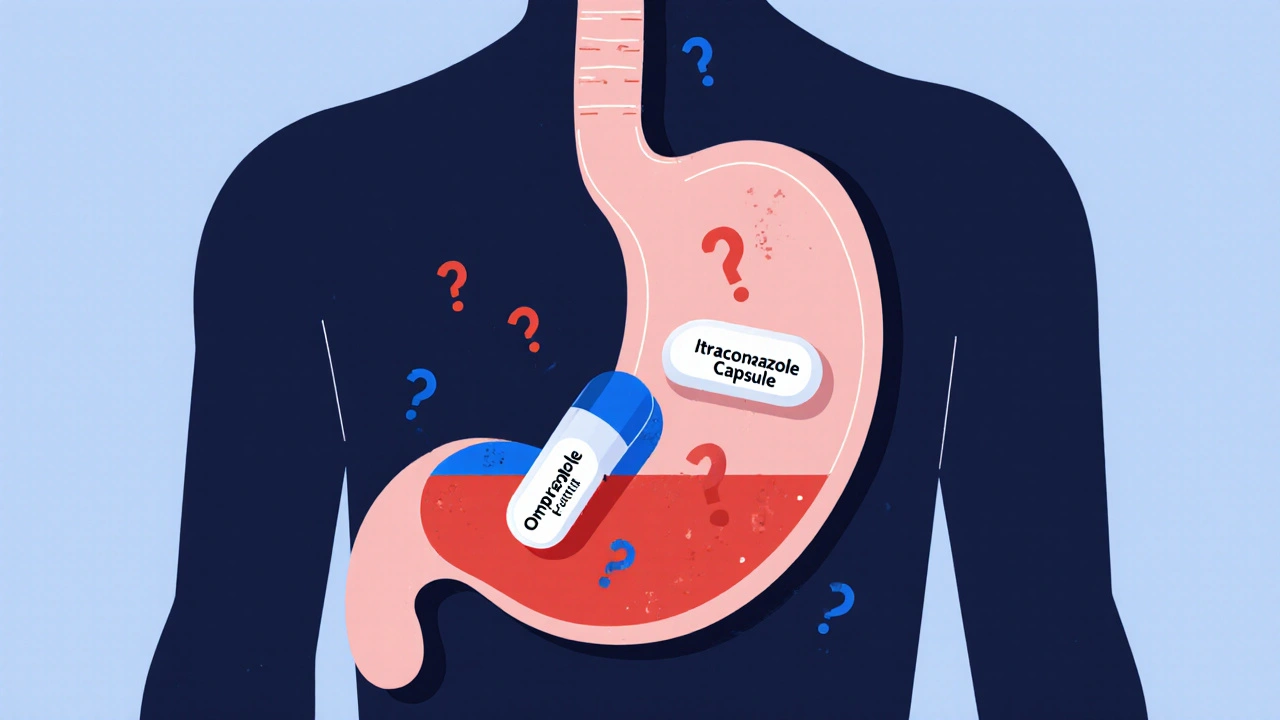
Proton Pump Inhibitors and Antifungals: How They Interfere with Absorption
Proton pump inhibitors can block the absorption of key antifungals like itraconazole, leading to treatment failure. Learn which drugs interact, how to fix it, and what new options are available.
View More
Trazodone for Fibromyalgia: How It Helps Sleep and Pain
Trazodone helps fibromyalgia patients sleep better and reduces pain sensitivity without addiction risk. Learn how low doses improve sleep quality, lower pain levels, and compare to other options like gabapentin and melatonin.
View More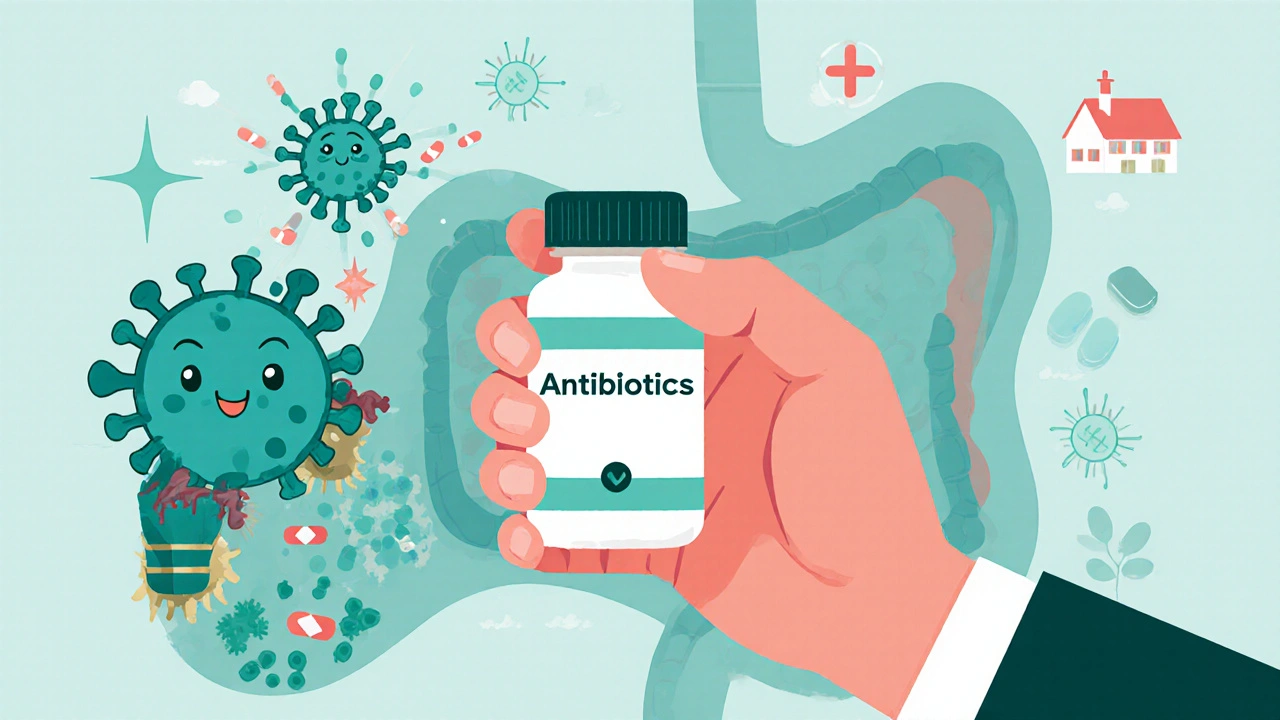
Antibiotic Overuse: How Misuse Fuels Resistance and C. difficile Infections
Antibiotic overuse is fueling a global crisis: resistant superbugs and deadly C. difficile infections. Learn how everyday choices impact public health-and what you can do to help.
View More
Compare Poxet (Dapoxetine) with Alternatives for Premature Ejaculation
Compare Poxet (Dapoxetine) with alternatives like daily SSRIs, topical numbing sprays, behavioral techniques, and herbal options for treating premature ejaculation. Find out what works best based on side effects, cost, and long-term results.
View More
Opioids and Antiemetics: Understanding Interaction Risks and Safe Management Practices
Opioid-induced nausea affects up to one-third of patients. Learn why it happens, which antiemetics work (and which don’t), how to avoid dangerous drug interactions, and the best non-drug strategies to manage it safely.
View More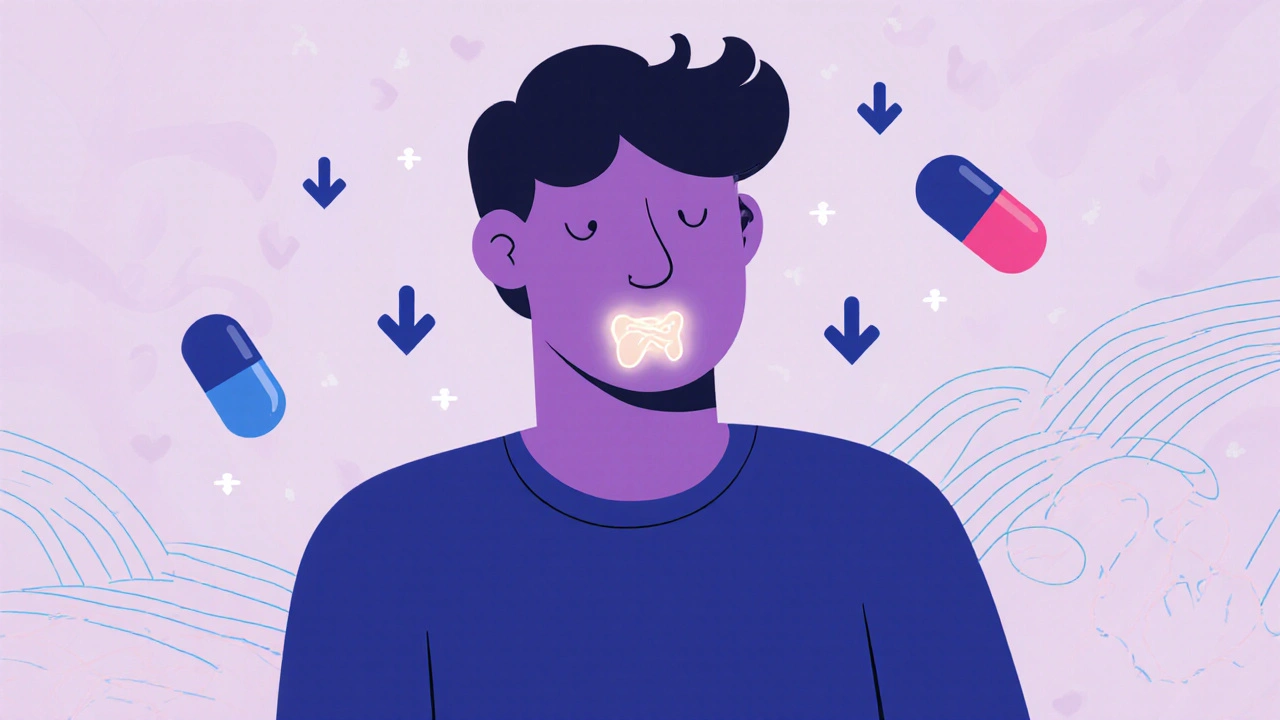
Lamotrigine and Thyroid Function: What You Need to Know
Lamotrigine can lower thyroid hormone levels even when TSH looks normal. Learn the symptoms to watch for, which tests to ask for, and how to fix it without stopping your medication.
View More
Why Chloramphenicol Is Banned in Food-Producing Animals
Chloramphenicol is banned in food animals because even tiny residues can cause life-threatening blood disorders in humans. Learn why it's illegal, how it gets into the food supply, and what safer alternatives exist.
View More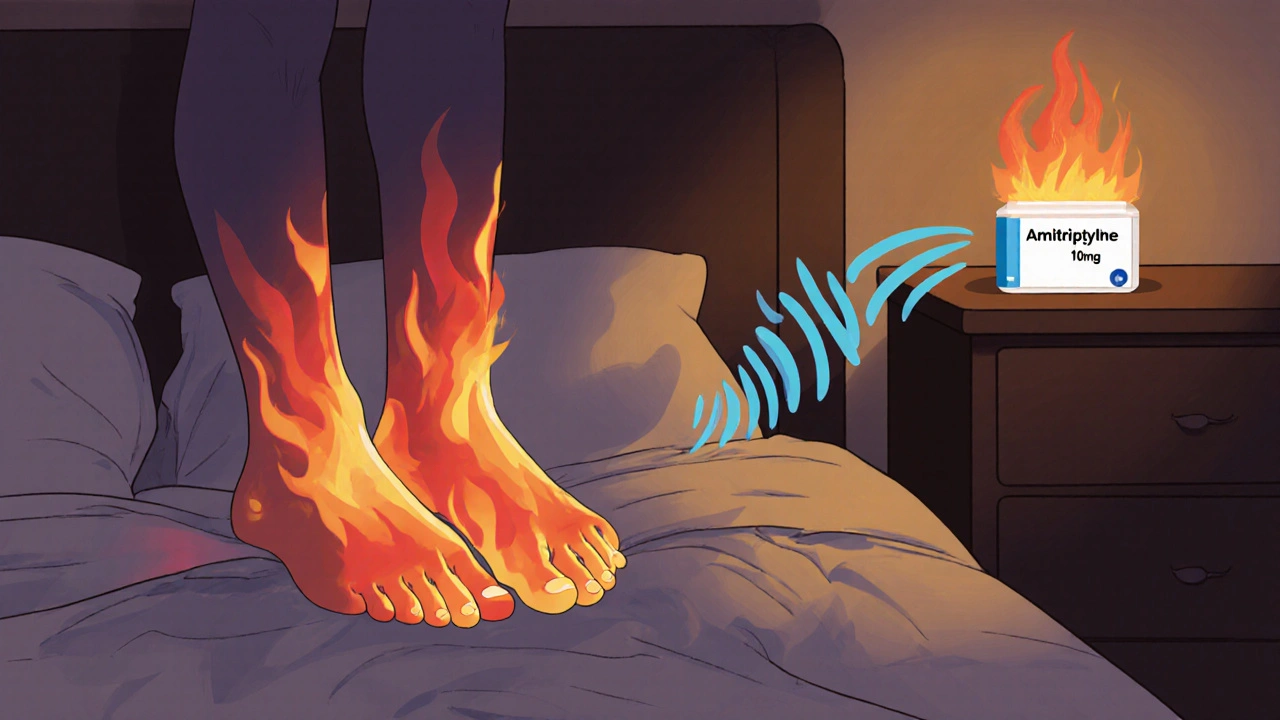
How Amitriptyline Helps Manage Diabetic Neuropathy Pain
Amitriptyline is a proven, low-cost option for reducing diabetic neuropathy pain. It doesn't cure nerve damage but helps quiet burning and shooting pain by changing how nerves send signals to the brain. Many find relief after weeks of use, though side effects like drowsiness and dry mouth are common.
View More
Vardenafil Hearing Risks Explained: What You Need to Know
Explore the potential hearing risks of Vardenafil, compare it with other ED meds, learn who’s most vulnerable, and get clear steps to stay safe.
View More

